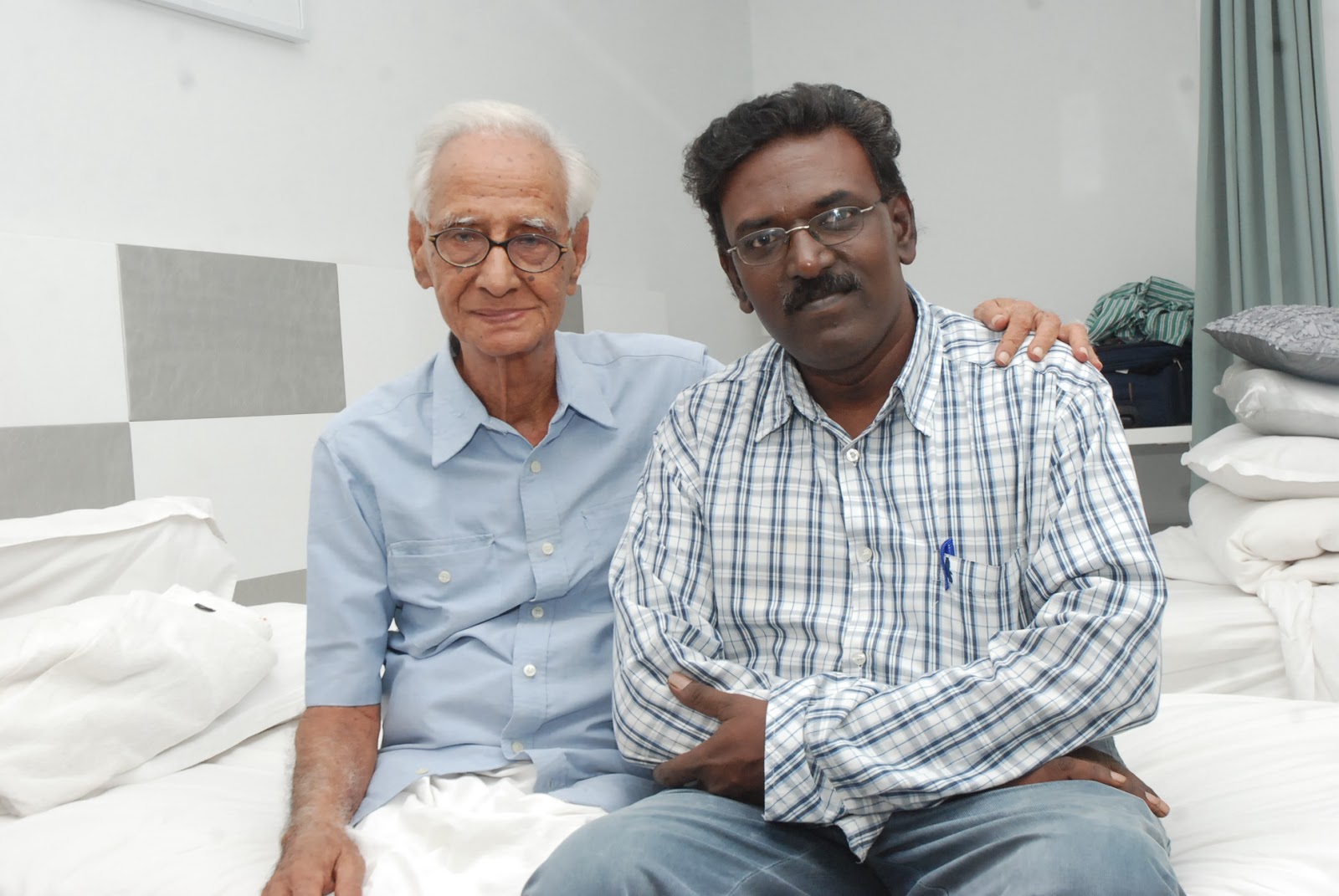While many believe that God is immortal, according to Tho Paramasivan, a well-known writer, anthropologist and historian, Gods in plenty ‘were born and they died at last’ in the long course of human history.
Man believed that God only is immortal
after his fruitless search for human immortality as learnt from the ancient
Babylonian epic Gilgamesh and the poems of Sappho, an ancient Greek poetess.
Also, human immortality (in case there is one so), according to ‘Tithonus’ an
English poem, by Lord Tennyson, is nothing more than cruelty, as the poem
says that man, being a living object, has to decay and finally seek the liberty
from the painful life through death.
But Paramasivan conceptualises the ‘mortal
character’ of even Gods, because, as a rationalist and follower of Periyar E V
Ramasamy, he believes that man was not created by God, but Gods were created by
him.
Paramasivan, in his plenty of writings on
the cultural anthropology of Tamil Nadu, has distinguished the worship of what
he describes as the “corporate” religious Gods like Shiva, Vishnu and many more
from that of different folk deities like Kalan, Sudalaimaadan, Pothiraja,
Isakkiyamman and Annanmar of Tamil Nadu.
“Rather than the common worship of Shiva,
Thirumal and Ganesha, only the worships of different folk deities at different
places reflect the plural character of culture in Tamil Nadu. Moreover, the
respective folk deities, who are worshipped by different clans and castes, are
rich in their respective regional cultures,” adds Paramasivan, who is a former
professor of Tamilology at Manonmaniam
Sundaranar University,
Tirunelveli.
In Verum Vizhudhum, a documentary
screened on Paramasivan in the city on Monday, the 63 year old writer says that
his unlettered mother was all his inspiration, as she had narrated him a plenty
of tales and provided him much information on indigenous medicine and methods
of cultivating crops in traditional agriculture.
“Tho. Pa’s pursuit of knowledge through
history, anthropology, archeology and literature is wide and accurate. His
observations for history even from a trivial thing would put anyone in
surprise” avers A P Mani, who made the documentary on the scholar.
Pointing at the plenty of Palmyra trees in a shot in the documentary, Tho.
Pa informs the history of planting thousands of Palmyra trees in Tirunelveli by
the Chera king Boodhala Veera Udhayamarthandan, after he conquered the banks of
river Tamiraparani in 16th century. Also, Tho. Pa interestingly
explains that the Eezhava community in Kerala got their name so, after
getting identified with their occupation of climbing the Palmyra tree, whose
name is rightly called Eezham in Tamil. Further, the historian points
out that Eezhavas are the people, who once came and settled in Kerala
from Eezham, an ancient land, whose present name is Sri Lanka!
B. Meenakshi Sundaram







